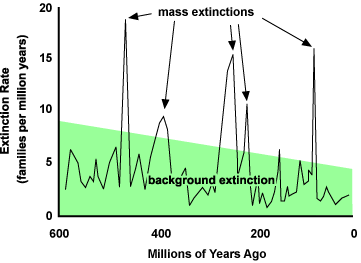Christina Conklin and Marina Psaros’s 2021 book Atlas of Disappearing Places: Our Coasts and Oceans in the Climate Crisis provides alarming evidence of worldwide impacts from climate change and potential mitigating solutions to the crisis. Twenty locations are described considering impacts from pollution, storms, rising temperatures, and rising sea levels. I really like the artistic maps using an ink on dried seaweed technique depicting featured locations along with descriptions of the status of the problems and necessary actions that are urgently needed.
For example, one location is the San Francisco Bay Area with industrial toxic waste sites along the shoreline leaking chemicals. I previously lived in the Bay Area working as an environmental scientist consultant so I’m very familiar with the locations and issues impacting the region. I worked on environmental site assessments to identify contamination and remedial actions to clean up sights next to the Bay including landfills and power stations containing a variety of cancer-causing pollutants including arsenic, chromium, petrochemicals, and polychlorinated biphenyls (PCBs). At the time we did not test for emerging contaminants including over 5000 types of perfluoroalkyl substances (PFAS) known now as “forever” chemicals.
The authors provide a map showing locations of many of these toxic sites surrounding the Bay Area that are vulnerable to flooding and sea-levels rising.
A positive futuristic ‘road map’ of actions taken by the year 2050 to make a difference. Activists demand EPA overhaul the Toxic Substances Control Act requiring chemical companies prove product safety before being released into the environment and improve monitoring and enforcement.
Other locations described in the U.S. are Hawaii, Maine, Houston, New York, Puerto Rico, and Virginia. International locations include in the Arctic, Asia, Middle East, and Europe.


